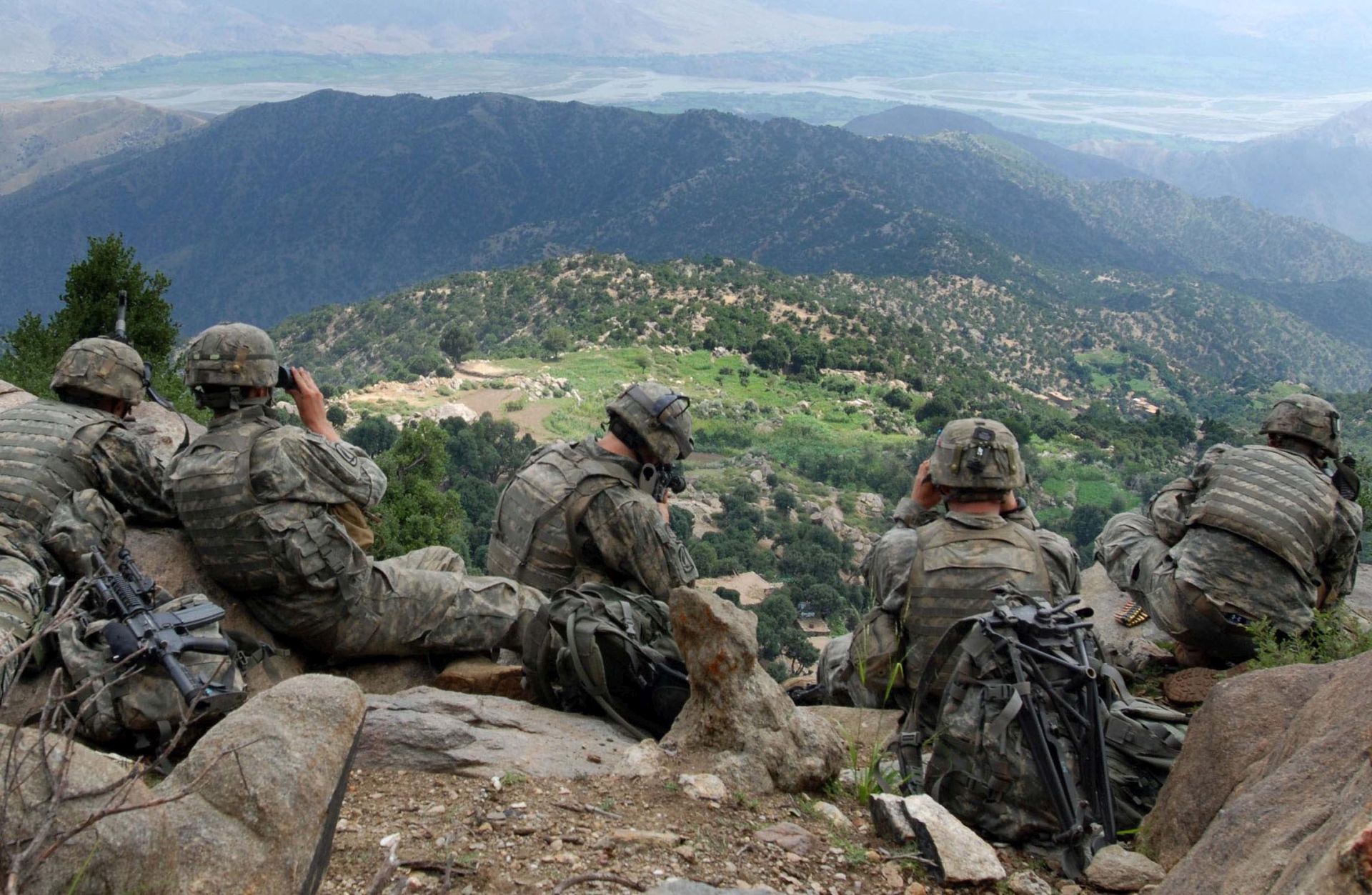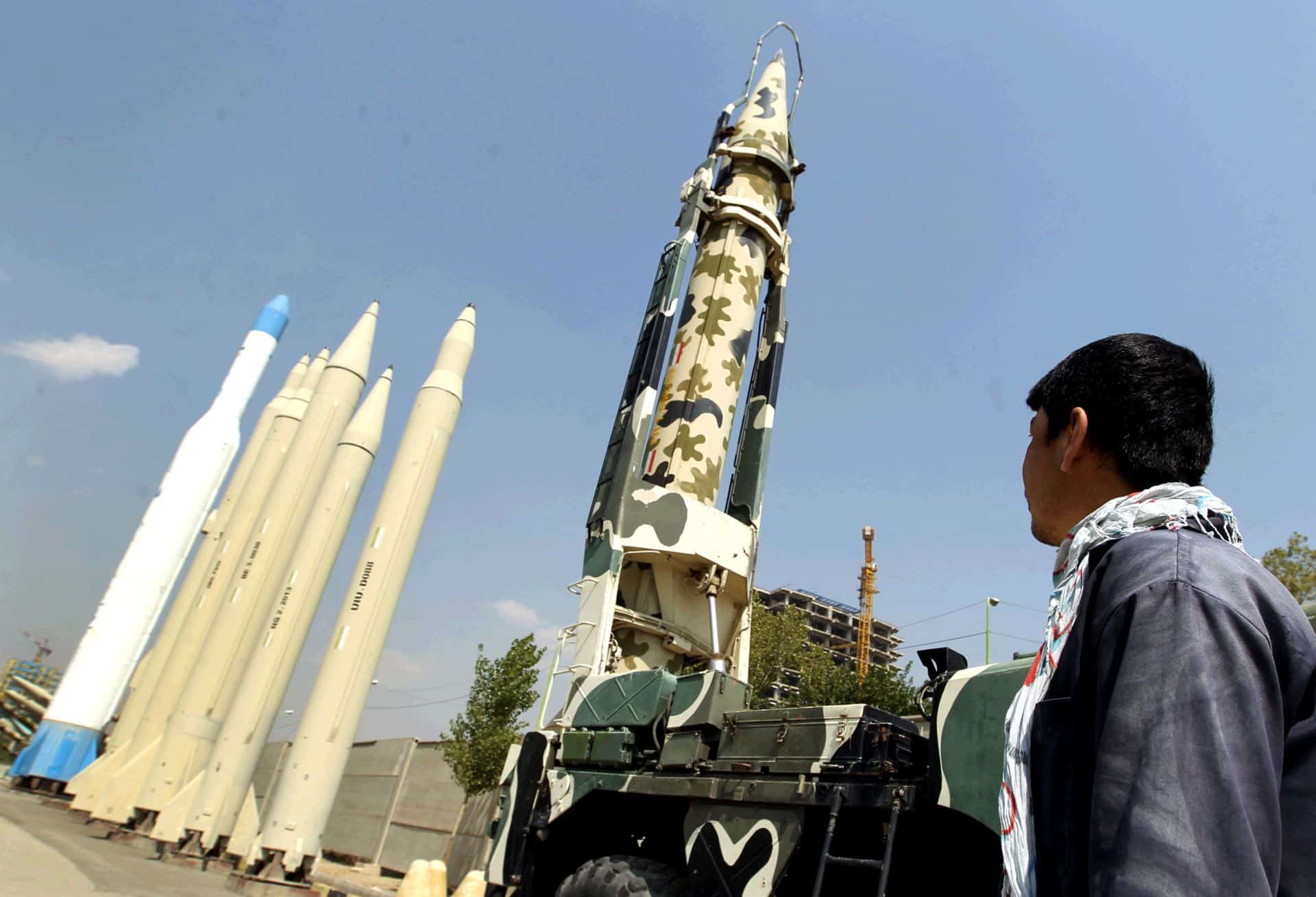U.S. military forces are facing demands that were not anticipated in the development of current strategy and budgets, according to a new RAND Corporation report.
As a result, the posture and capability of U.S. forces are not keeping pace with the challenges posed by America’s most-capable adversaries, researchers say.
If policymakers wish to maintain the United States’ international commitments, then to bolster deterrence the United States should increase its ground forces in Europe, accelerate modernization — especially of air and naval forces — and invest more in training, maintenance and advanced munitions, according to the report.
RAND researchers analyze defense options available to the United States for responding to the re-emergence of a belligerent Russia, the seizure of significant territory in Iraq and Syria by violent extremists, growing Chinese military power and assertiveness, and other threats to U.S. security and interests.
Notably, the report finds that NATO today would be unable to prevent Russian forces from invading and overrunning the Baltic countries in a matter of days, and the United States no longer enjoys clear dominance in some areas that Chinese military forces might contest.
“If policymakers decide that these current challenges must be met, then U.S. deterrence in Europe and East Asia needs shoring up, with more U.S. and allied forces deployed forward in Europe, accelerated modernization of air and naval forces, and intensive efforts to develop new operational concepts for fighting high-tech adversaries,” said David Ochmanek, lead author of the report and a senior defense analyst at RAND, a nonprofit research organization.
RAND researchers, including three former senior Pentagon strategists, drew on independent research and analysis, as well as military simulations that RAND has done in recent years. The report incorporates the efforts of strategists, regional specialists, experts in both conventional and irregular military operations, and those skilled in the use of combat simulation tools.
“American strategy and defense programs were predicated on the assumptions that Europe would be stable and at peace, and that conditions in Iraq, Afghanistan and the Middle East were sufficiently quiet that large-scale U.S. ground, air, and naval force commitments could continue being drawn down,” Ochmanek said. “These assumptions have been upended by Russia’s military aggression against Ukraine, the collapse of Iraqi military forces in the face of ISIS attacks and shifting dynamics in the Asia-Pacific region.”
The report is the second in an ongoing “Strategic Rethink” series in which RAND researchers are exploring the elements of a national strategy for the conduct of U.S. foreign policy in the current presidential administration and the next.
“This imbalance between requirements and resources is further exacerbated by the fact that Congress has been consistently reluctant to approve a range of proposals to reduce costs of the Department of Defense’s administrative, overhead, infrastructure and personnel accounts,” said Andrew Hoehn, co-author of the report and RAND’s senior vice president for research and analysis. “These proposals have been reversed by Congress, forcing the Department of Defense to cover unanticipated costs amounting to billions of dollars each year.”
A previous report, “Choices for America in a Turbulent World,” outlined the major challenges the United States will face in three critical regions of the world and on such key issues as national defense, climate change, cybersecurity and international economics.
The latest report, “America’s Security Deficit: Addressing the Imbalance between Strategy and Resources in a Turbulent World,” can be found at Other authors are Seth G. Jones, James T. Quinlivan and Edward L. Warner.
Subsequent volumes of the project will examine other aspects of a national strategy, including the global economy, alliances and partnerships, and institutional reform of the U.S. system for managing national security decision-making.
America's Security Deficit: Addressing the Imbalance between Strategy and resources in a Turbulent World (284 downloads)









